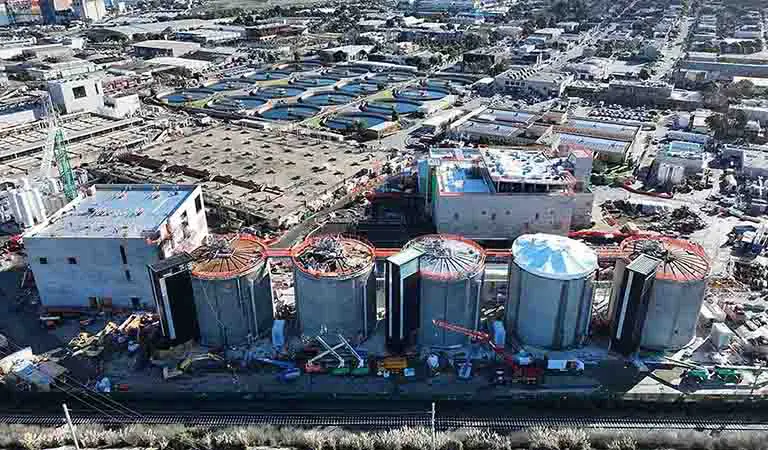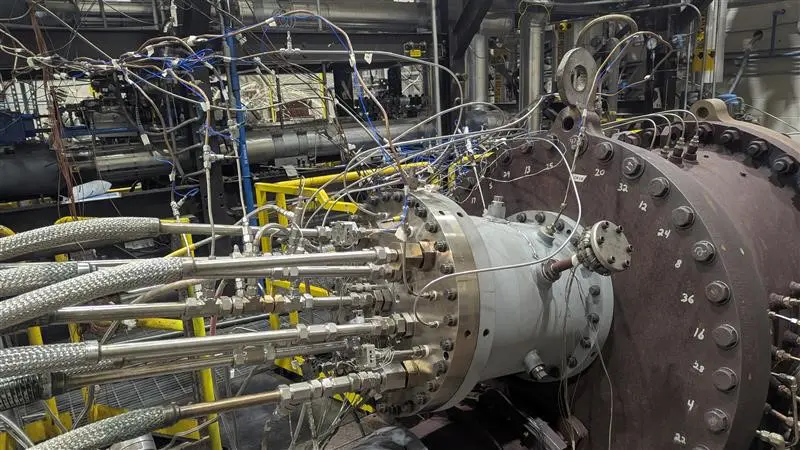
Chevron Australia Says Yes To Subsea Compression

Aker Solutions has been awarded a contract from Chevron Australia to provide a subsea gas compression system for the Jansz-Io field, offshore Western Australia. The scope covers engineering, procurement, and construction of the all-electric subsea gas compression system. It also includes interface responsibility and assistance during installation and commissioning.
The subsea gas compression system will include a complete compression station with three compressor modules and two subsea pump modules, all-electric control systems and actuators, structures including mud mats, a high-voltage electrical power distribution system, several spare modules and equipment, and various associated tooling. The project will be managed from Aker Solutions’ headquarters in Fornebu, Norway. Client interface and operational planning will be handled from Perth, Australia.
“Globally, this is the second subsea gas compression system delivered by Aker Solutions and demonstrates our pioneering spirit to create value for our customers,” said Kjetel Digre, chief executive officer of Aker Solutions. “Our technology improves field recoverability while offering carbon emissions efficiencies compared to traditional compression alternatives.”
The Jansz-Io gas field was first discovered in April 2000 and is located around 125 mi. (200 km) off the coast of Western Australia, at water depths of approximately 4593 ft. (1400 m). The Jansz-Io field is a part of the Chevron-operated Gorgon project, one of the world’s largest natural gas developments.
Next Generation Compression Technology
The world’s first subsea gas compression system was delivered by Aker Solutions to Equinor’s Åsgard field in Norway in 2015. The technology had been developed through several years of collaboration with the customer and suppliers such as MAN Energy Solutions and ABB. The technology has since been taken further, and the Jansz-Io Compression project will have close to three times more compression power than the Åsgard system at a comparable physical dimension and lower weights.

“Our subsea gas compression technology has demonstrated an impressive system regularity of close to 100%, during its six years in operation at Åsgard. This technology was a game-changer for the industry, by significantly improving recovery rates, reducing costs, and enhancing safety, with a much smaller environmental footprint than the traditional alternative,” said Maria Peralta, executive vice president and head of Aker Solutions’ subsea business. “We have further improved the technology and are very excited to deliver the next generation subsea gas compression system to Chevron. Continuous improvements will be a focus to increase efficiency, optimize execution, and maximize potential.”
Project Overview
The Jansz-Io Compression Project will use proven subsea compression technology to enhance the recoverability of the Jansz-Io field and maintain the supply of natural gas to the LNG and domestic gas plants on Barrow Island. The installation of compression and supporting infrastructure will also enable the future tie-in of other fields within the Greater Gorgon Area. The Jansz-Io Compression Project is part of the original development plan for Gorgon and will support the delivery of energy to customers in Western Australia and Asia for decades to come. The Jansz-Io field has been supplying gas to the Gorgon gas processing facilities on Barrow Island since 2015. After approximately 10 years of production, the reservoir pressure at Jansz-Io will decline, requiring modification of the existing subsea gas gathering network to maintain long-term natural gas supply.

Approximately 7165 tons (6500 tonnes) of subsea structures, including the subsea compression station responsible for compressing the field gas, will be installed on the sea floor. The power and control requirements for the subsea infrastructure will be provided by a 29,762-ton (27,000-tonne) floating field control station, a normally unattended facility tied to the seabed by 12 mooring lines. Power for the field control station is supplied from Barrow Island via an 8.6-mi. (14-km) land cable connected to an 83-mi. (135-km) submarine cable.
Reduced Carbon Footprint
Compared to the traditional alternative from a topside compression platform, subsea gas compression is a low-carbon solution for the production of natural gas. During the lifetime of a natural gas field, the pressure in the reservoir will drop during production, and compression is the primary way to maintain the production and enhance recovery. Compared to the alternative, subsea compression represents a significant reduction in energy consumption and carbon emissions in a lifecycle perspective. Placing the system close to the reservoir at the seabed, with significantly higher pressure than at sea level, typically reduces the energy consumption by 20% to 60% per year.
The size and weight of the subsea system is significantly smaller than a platform solution, which means a major reduction in steel and other materials. It also reduces health and safety risks and eliminates the need for logistics and transportation versus a normally manned platform. The system is all-electric, which means no risk of hydraulic discharge to sea. This results in increased cost-efficiency and lower carbon footprint versus a traditional topside platform solution.









